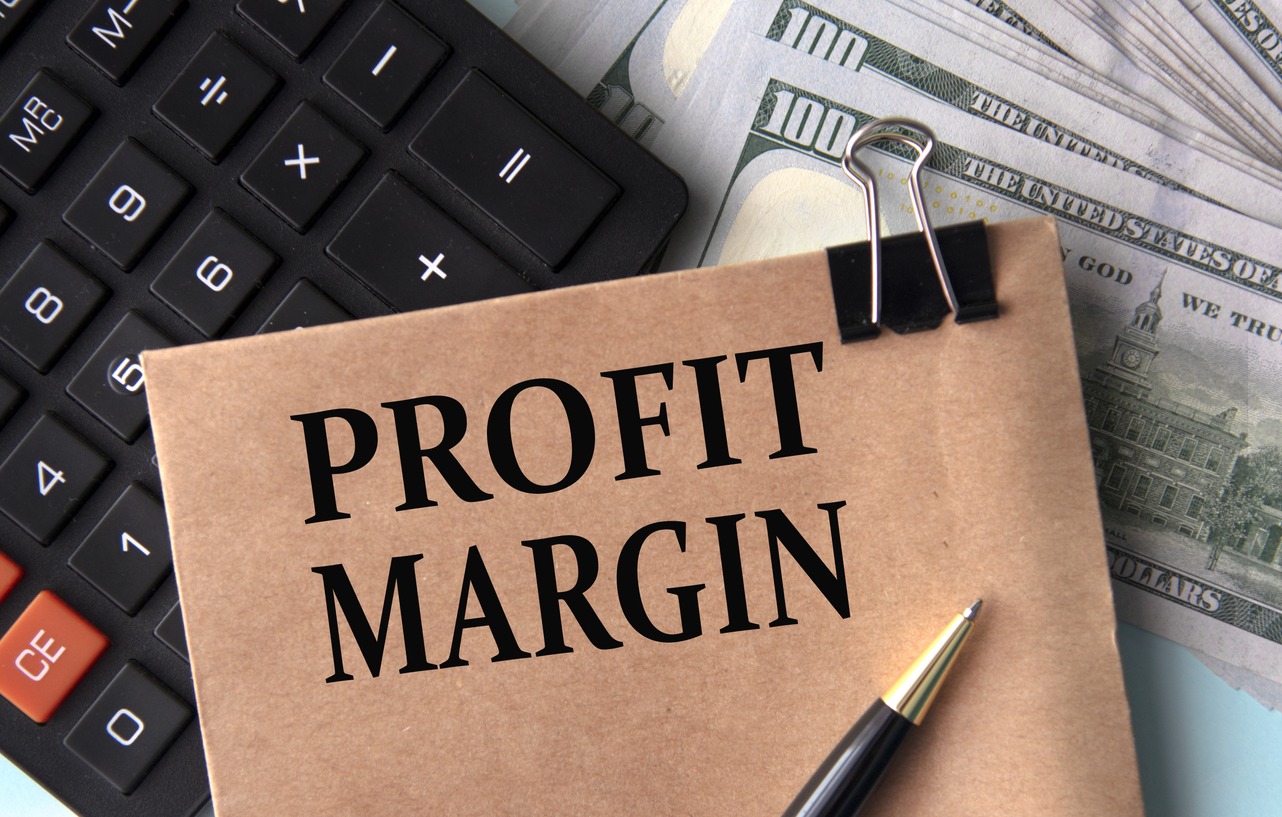Getting pricing right for your products or services requires thoughtful strategies and formulas, not guesswork.
So, let’s discover some practical methods to set prices effectively. You can then ensure strong margins while meeting market expectations.
Calculate the Costs to Avoid Undervaluing Your Product or Service
The foundation of effective pricing lies in understanding your costs. This includes both direct costs, such as materials and labour, and indirect expenses like rent, utilities, and marketing efforts. Failing to account for all these factors could mean selling at a loss.
Start by calculating the total cost per unit. Divide your fixed costs by the number of units you expect to sell over a period, then add variable costs per item. This gives you a baseline price below which profit becomes impossible.
Don’t forget hidden expenditures like shipping fees or payment processing charges.
By knowing your true cost base clearly, you will ensure prices not only cover expenses but also create room for healthy margins.
Apply Solve-for-X Formulas to Find Profitable Price Points
Setting prices can feel like solving a puzzle. To pinpoint the most profitable price, treat pricing as an equation where "x" is your ideal price point.
Using a solve for x calculator simplifies this process, allowing you to test variables like production costs, desired profit margins, and expected sales volume.
For example, if your goal is a 30% profit margin on a product costing £50 to make, let the formula guide you in determining the exact selling price.
Adjust inputs - such as overhead expenses or market demand - and solve again.
This method ensures precision instead of guessing. By mathematically finding "x," you will gain confidence that your pricing aligns with profitability goals while remaining competitive in your market.
Analyse Competitor Pricing for Market Insights
Understanding where your product stands in the market begins with competitor analysis. Research businesses offering similar products or services. Compare their pricing structures to spot trends and opportunities.
However, avoid blindly matching competitors’ prices. Instead, examine what they offer - product quality, brand reputation, or added value - and assess how you differ. Are they targeting a different audience? Does your product justify a premium price due to superior features?
Online tools can help monitor competitor pricing trends over time. Combine this data with insights about your own costs and target market preferences.
By strategically positioning yourself within the competitive landscape, you can ensure that your prices attract customers without sacrificing profitability.
Factor in Customer Perceived Value Effectively
Pricing isn’t just about costs. Customers’ perception of your product’s value plays a major role in what they’re willing to pay.
Think beyond the tangible. Quality, convenience, brand trust, and emotional appeal all contribute to perceived value.
For instance, luxury goods often command higher prices because customers associate them with exclusivity and prestige. If your product offers unique features or solves a specific problem effectively, emphasise these points when setting prices.
Gather feedback directly from customers through surveys or reviews to understand how they view your offering compared to that of competitors.
Aligning price with perceived value ensures customers feel justified paying that price, while keeping your profit margins strong and sustainable over time.
Balance Supply and Demand to Optimise Revenue
Pricing should respond to the natural ebb and flow of supply and demand. When demand rises but supply remains limited, raising prices can maximise revenue. Conversely, if demand dips or stock accumulates, adjusting prices downward may drive more sales.
For instance, seasonal products often follow this principle. Holiday decorations may start at a premium when in high demand but are discounted postseason as interest wanes.
Use data analysis tools to monitor purchasing trends and inventory levels regularly. This allows you to react swiftly when shifts occur in your market.
A responsive pricing approach based on supply-demand dynamics keeps your product competitive while protecting your bottom line from unnecessary losses or missed opportunities.
Utilise Tiered Pricing Strategies for Maximum Impact
Lastly, tiered pricing allows you to cater to different customer budgets by offering varied price levels for the same product or service. It’s a straightforward way of capturing more market share while increasing revenue potential.
For example, offer a basic package with essential features, a mid-tier option with added benefits, and a premium version packed with extras.
Customers appreciate having choices that match their needs and financial comfort.
This strategy works particularly well in industries like software subscriptions or event ticketing.
By clearly defining what each tier includes, you encourage customers to consider upgrading without alienating those seeking affordability.
A well-structured tier system boosts profitability through greater flexibility in meeting diverse demands.










